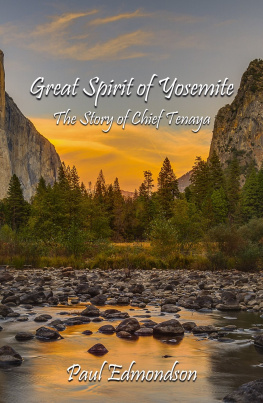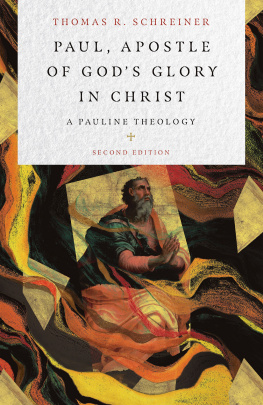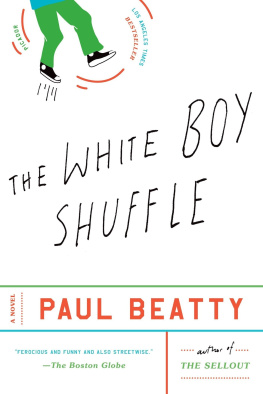Preface
The legendary white tribe that is said to wander in the mountains of Mindoro is but distantly related to the Great White Tribe now scattered through the greater part of Filipinia. Extending from the Babuyanes off Luzon, to Tawi-Tawi and Sibutu off the coast of Borneo, the Great White Tribe has made its presence felt throughout the archipelago.
The following pages are the record of my own impressions and experiences in the Philippines. The few historical and geographical allusions made have been selected only as they were significant, explanatory, picturesque. A logical arrangement of the chapters will enable the reader to survey the islands as a great bird hovering above might dowill make the map of Filipinia look like a postage-stamp.
I promise that the reader shall be introduced to all the most important members of the Great White Tribe, as well as to the representatives of races brown and black. We will peep through the hedge together as the savages and pagans execute their grotesque dances or perform their sacrifices to the god of the volcano. Furthermore, the reader shall attend the Oroquieta Ball with Maraquita and Don Julian, or, if he likes, with Foxy Grandpa and The Arizona Babe.
I ought to dedicate this book to many people,to that wonderful brown baby Primitivo, who has written that he loves me the most best of all the world; to Fresno Bill, that charter member of the Great White Tribe, with whom I have knocked around from Zamboanga to Vigan; or to that coterie of college men in old Manila who extended me so many courtesies while I was there. I send them all my compliments from the homeland, and ask the reader, if he will, to do likewise.
Cincinnati, Ohio ,
December, 1903.
Chapter I.
In Old Manila.
As the big white transport comes to anchor three miles out in the green waters of Manila Bay, a fleet of launches races out to meet the messenger from the Far West. The customs officers in their blue uniforms, the medical inspectors, and the visitors in white duck suits and panama hats, taking their ease upon the launches without the slightest sign of curiosity, give one his first impressions of the Oriental lifethe white mans easy-going life in the Far East. But the ideas of the newcomer are to undergo a change after his first few days on shore, when he takes up the grind, and realizes that his face is getting pastythat the cool veranda and the drive on the Luneta do not constitute the entire program, even in Manila.
Unwieldy lighters and strange-looking cascos now surround the transport, and the new arrival sees the Filipino for the first time. Under the woven helmet of the nearest casco squats a shriveled woman, one of the witches from Macbeth, stirring a blackened pot of rice. A gamecock struggles at his tether in the stern, while the deck amidships swarms with wiry brown men, with bristling pompadours and feet like rubber, with wide-spreading toes. With unintelligible cries they crowd the gunwale, spurning the iron hull of the transport with long billhooks, as the heavy swell sucks out the water, leaving the streaming sluices and the great red hull exposed, and threatening at the inrush of the sea to bump the casco soundly against the solid iron plates of the larger ship. A most disreputable-looking crew it is, the ragged trousers rolled up to the knee, the network shirts, or cotton blouses full of holes drawn down outside. Highly excitable, and yet good-natured as they work, they take possession and disgorge the ship, while Chinamen descend the hatchways after dirty clothes.
Off in the hazy distance lies Cavite, or the port, with its white mist of war ships lying at anchor where the stout Dutch galleons rode, in 1647, to attack the Spanish caravels, retiring only after the Dutch admiral fell wounded mortally; where later, in the nineteenth century, the Spanish fleet put out to meet the white armada, the grim battleships of Admiral Deweys line. Where now the lazy sailing vessels and the blackened tramps are anchored, lay, in 1593, the hostile Chinese junks, with the barbaric eye daubed on the bows, the gunwales bristling with iron cannon that had scorned the typhoons of the China Sea and gathered in Manila Bay.
This bay has been the scene of history-making since the sixteenth century. Soon after the flotilla of Legaspi landed the first Spanish settlers on the crescent beach around Manila Bay, the little garrison was put to test by the invasion of the Chinese pirate, Li Ma Hong. The memory of that brave defense in which the Spaniards routed the Mongolian invader, even the disaster of that first of May can never drown. In 1582 the little fleet put out against the Japanese corsair, Taifusa, and returned victorious. In 1610 the fleet of the Dutch pirates was destroyed off Mariveles. Those were stirring days when, but a few years later, the armada of Don Juan de Silva left Manila Bay again to test the mettle of the Dutch. Another naval encounter with the Dutch resulted in a victory for Spanish arms in 1620 in San Bernardino Straits. And off Corregidor, whose blue peak marks the entrance to Manila Bay, the Dutchmen were again defeated by the galleons of Don Geronimo de Silva. Now, near the Cavite shore, is seen the twisted wreck of one of the ill-fated men of war that went down under the intolerable fire from Deweys broad-sides. And in 1899 the Spanish transports left Manila Bay forever under the command of Don Diego de los Rios, with the remnant of the Spanish troops aboard.
The city of Manila lies in a broad crescent, with its white walls and the domes of churches glowing in the sun. On landing at the Anda monument, you find the gray walls and the moss-grown battlements of the old garrisona winding driveway leading across the swampy moat and disappearing through the medival city gate. This portion of Manila, laid out in the sixteenth century by De Legaspi, occupies the territory on the south side of the Pasig River at the mouth. The frowning walls of the Cuartel de Santiago loom above the bustling river opposite the customs-house.
Here, where the young American army officers look out expectantly for the arrival of the transport that is to bring them their promotions, or to take them home, Geronimo de Silva was confined for not pursuing the Dutch vessels after the sea fight off Corregidor. The crumbling walls still whisper of intrigue and secrecy. The fort was built in 1587, and became the base of operations, not only against the pirate fleets of the Chinese, the Moros, and the Dutch, but also in the riots of the Chinese and the Japanese that broke out frequently in the old days. At one time twenty thousand Chinamen were beaten back by an alliance of the Spaniards, Japanese, and natives. On this historic ground the treaty was made in 1570 between the Spaniards and the rajas of Manila, Soliman and Lacandola. The walls survived the fire of 1603. The earthquake causing the evacuation of Manila could not shake them. Another prisoner of state, Corcuera, who had fought the Moros in the Jolo Archipelago, was locked up in the














